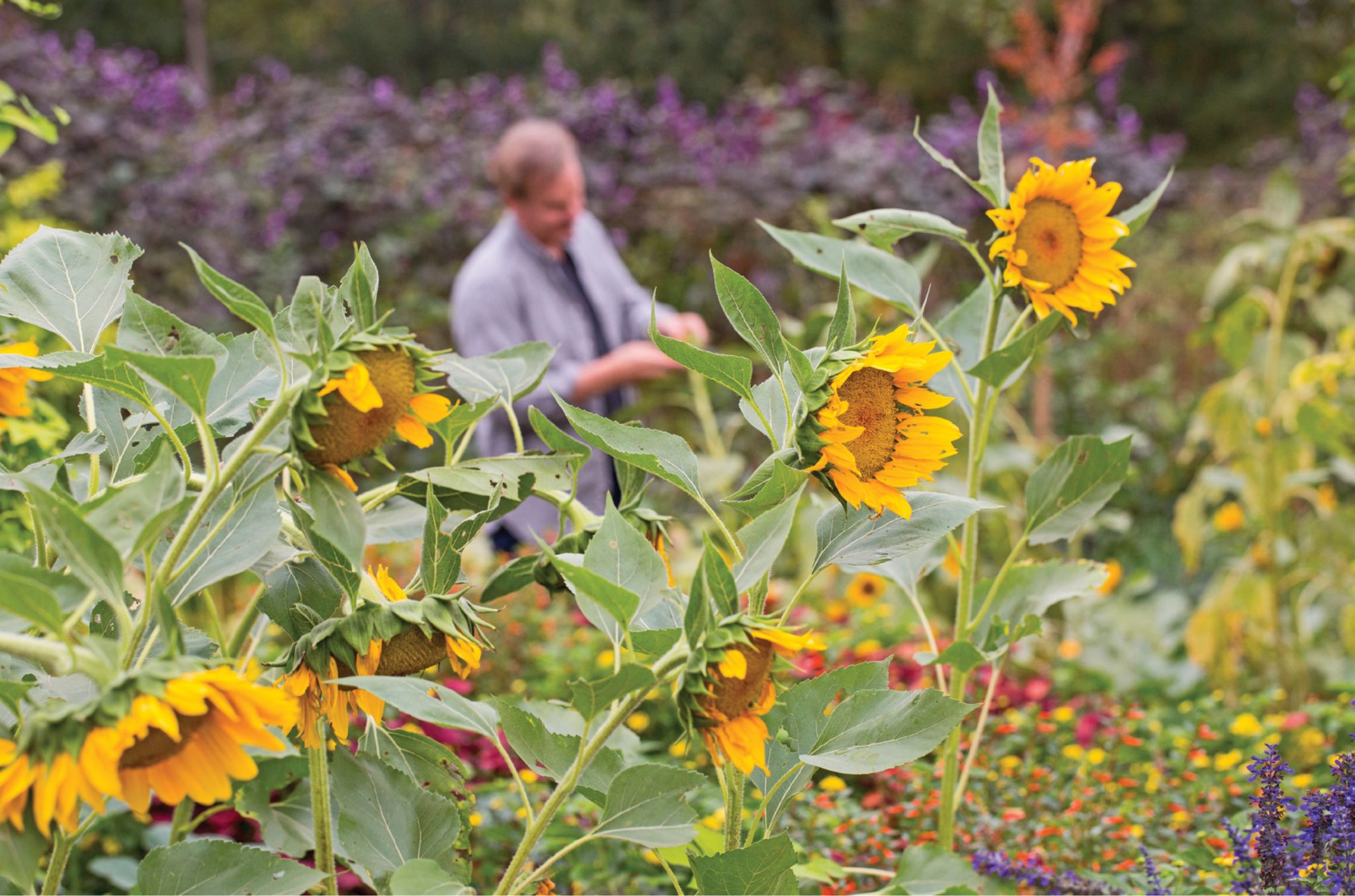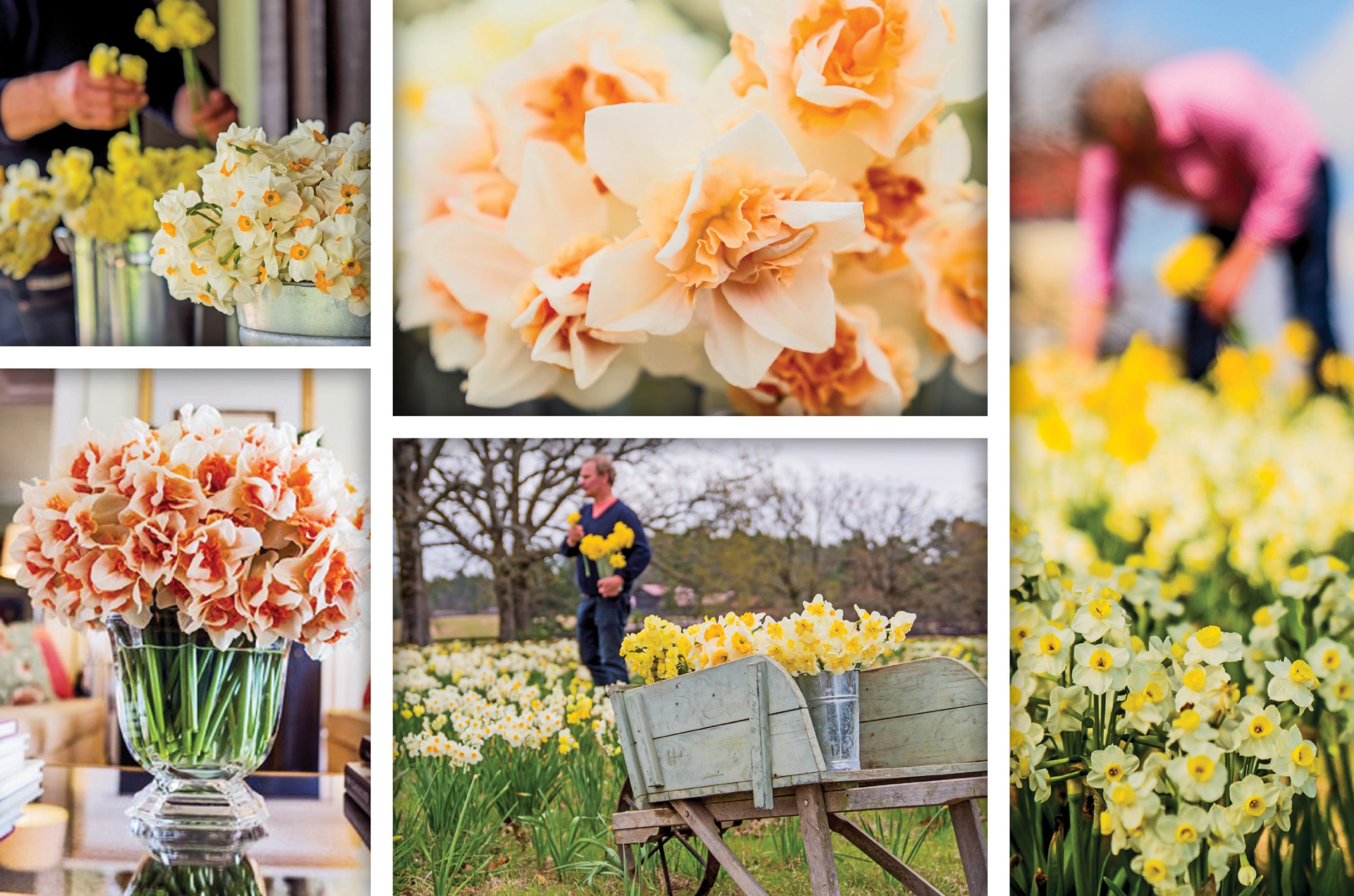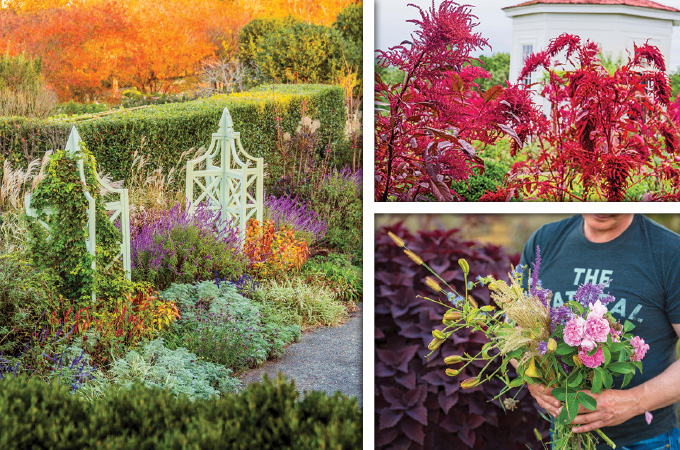Each spring, as I stare into a handful of sunflower seeds, it’s exciting to imagine the beauty and joy each one has in store! Sunflowers are simple, bold and oh-so-easy to grow. All that’s required are a few seeds, good garden soil and lots of sun. Nature will do the rest and reward you with an abundance of blooms from late spring through fall.
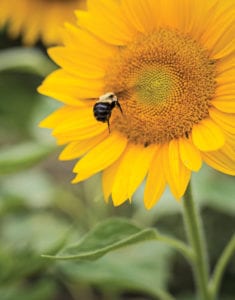
It wasn’t until I spent time knocking around old estates and villages in Tuscany one summer that I fully appreciated the wide range of sunflower varieties. This is where I saw my first Italian White and others of an almost mahogany color. I usually found these heirloom varieties off the beaten path in the small garden plots of hillside towns, growing among the clipped rosemary parterres, tomatoes, squashes and arugula. The randomness of sunflowers dotted about added to the charm of these gardens. That experience sent me home with zeal to plant every variety I could get my hands on. And, I admit, a few gathered seeds just happened to find their way into my luggage. It’s easy to understand how their striking blooms and long, strong stems make sunflowers a flower arranger’s dream. If, like me, you’re prone to bringing everything you grow into the house, it’s important to know that some varieties are better suited for the vase than others.
Recent newcomers outperform some of the old heirloom types, charming as they may be. Because of their almost 10-day vase life as a cut flower, I have come to lean heavily on Vincent’s Fresh and Vincent’s Choice for use in the house and for events. But I continue to make plenty of room for the heirlooms because of the diversity they bring to the farm, both visually and ecologically.
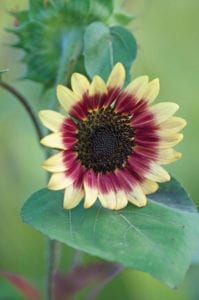
Sunflowers’ range of varieties goes well beyond color and shape. Some bloom on single stems, others tend to branch, and then there are those that can stand like a behemoth in the garden. Giant sunflowers such as Russian Mammoth, California Greystripe or the colossal Sunzilla reach heights of 15 feet with 20-inch seed heads. On the other end of the scale are the dwarfs like the adorable Teddy Bear, growing under 24 inches with soft, pillowy blooms.
If you want to grow really large sunflowers, note that they need extra support as their heavy heads mature. Planting them along a fence, wall or trellis makes them less vulnerable to heavy rain and high winds. We learned this the hard way after a sudden thunderstorm leveled an entire bed of Russian Mammoths. We hung them upside down in the drying shed for use in autumn arrangements.
We always plant extra sunflowers since they are beneficial to the bee and pollinator population and support bird life. Over the years I’ve seen an increase in indigo buntings, cardinals, red-bellied woodpeckers and other native birds, a delightful benefit of growing sunflowers. These life-giving plants offer so much to the ecosystems around us, and their radiance delights us in the garden and the home.
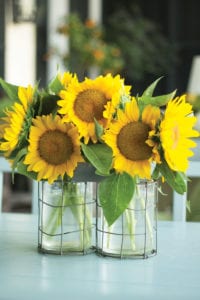 tips for growing sunflowers:
tips for growing sunflowers:
1. Sunflowers are not picky about soil type, but the healthier your soil, the better the blooms.
2. Sunflower seed shells contain a substance that’s toxic to grass. You will need to harvest the sunflower heads before the seeds fall out or plant them in a place where you won’t mind if the grass is stunted or killed.
3. The tall varieties can shade other plants nearby, so be mindful of what flowers you plant around them.





